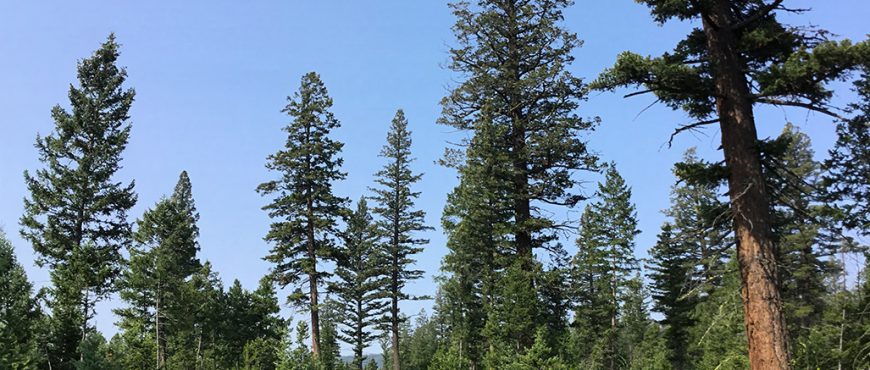Regenerating dry interior Douglas-fir forests proves challenging
VICTORIA – A special investigation of reforestation in dry interior Douglas-fir (IDF) forests in the B.C. interior has found current efforts may not be leading to future healthy forests, according to a report released on Thursday, Sept. 17, 2020.
“While we found that industry is following legal requirements and is increasingly planting a variety of tree species to regenerate logged areas and promote resiliency, 44 of the 69 sites examined are facing health issues,” said Kevin Kriese, board chair, Forest Practices Board. “These sites may not grow to healthy forests in the long term, and that has implications for future timber supply and other values, such as wildlife habitat.
There were a number of reasons for the poor regeneration success, including an over-reliance on clearcutting. In this ecosystem, uneven age forests are common and partial cutting systems should be more widely used to mimic natural disturbances and provide the shade and protection regenerating trees require.
“Climate change introduces additional uncertainties for these sites, such as increased drought, fire and forest-health concerns. Many of these sites will likely shift to grassland as the climate changes, and long-term timber production may not be feasible or realistic in the future on all sites.”
The investigation found systemic gaps in knowledge and experience required to successfully manage and reforest these complex sites. While best management practice guidelines are available, forest professionals and forest workers did not always follow them. Government recognizes the challenges of reforestation in the dry IDF and continues to improve reforestation guidance. However, voluntary guidance alone is likely not enough. It needs to be accompanied by clear objectives and legal requirements.
“The board recommends that government reassess the long-term reforestation objectives for these ecosystems, and update objectives and standards based on the likely consequences of climate change,” Kriese said. “We also encourage training for forest professionals and workers operating in dry IDF ecosystems.”
The IDF covers about 5% of the province, in the central Interior from the Kootenays through the Thompson-Okanagan and north to the Cariboo. These ecosystems are ecologically and climatically complex and require very particular silviculture strategies to ensure successful regeneration.
The investigation included sites logged between 2007 and 2017, in the Cariboo-Chilcotin, Cascades, Thompson Rivers and Okanagan-Shuswap Natural Resource Districts.
The Forest Practices Board is B.C.’s independent watchdog for sound forest and range practices, reporting its findings and recommendations directly to the public and government. The board can investigate and report on current forestry and range issues and make recommendations for improvement to practices and legislation.
Contact:
Darlene Oman
Communications
Forest Practices Board
250 213-4705 / 1 800 994-5899
September 17, 2020


